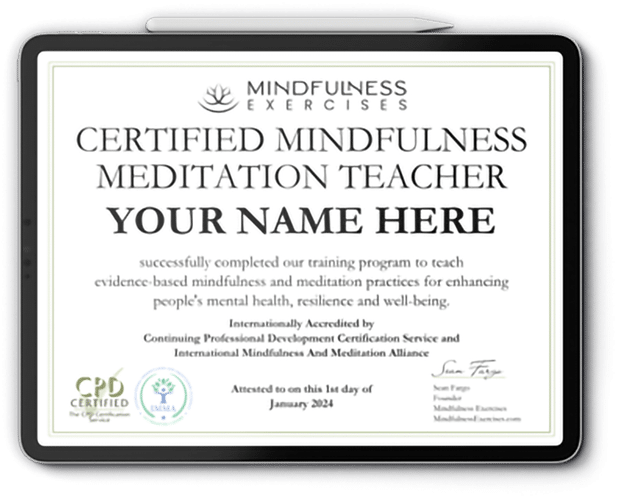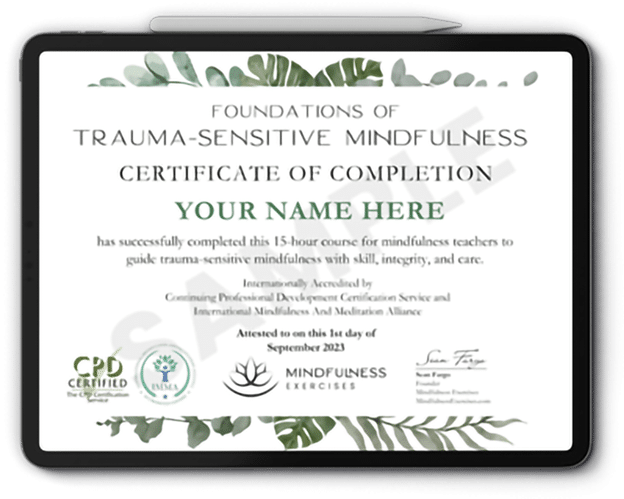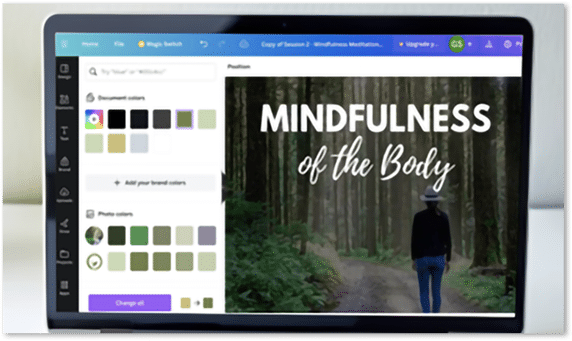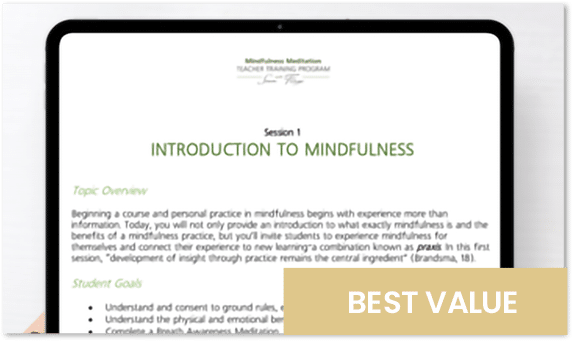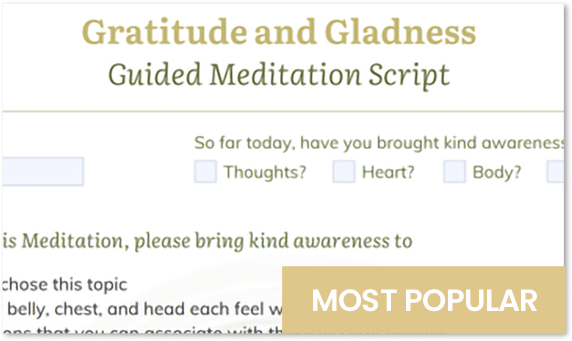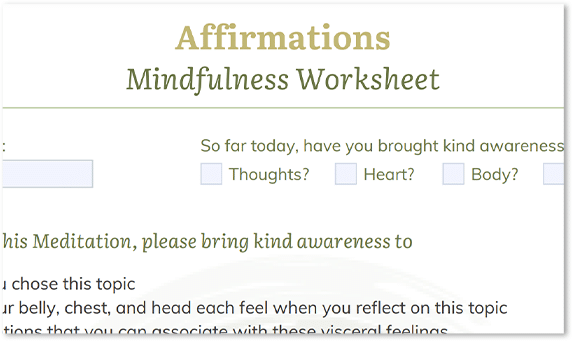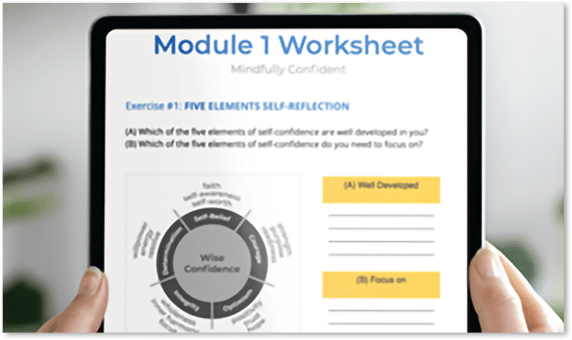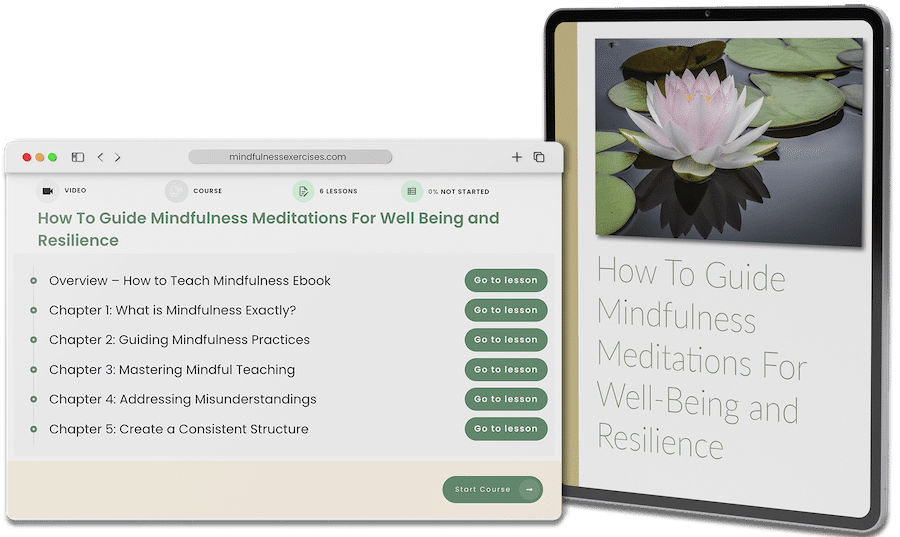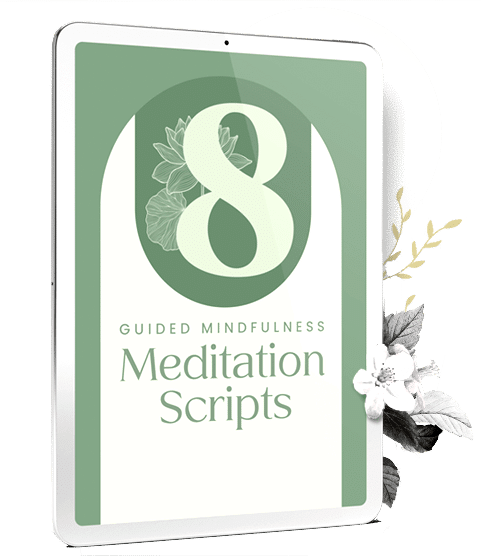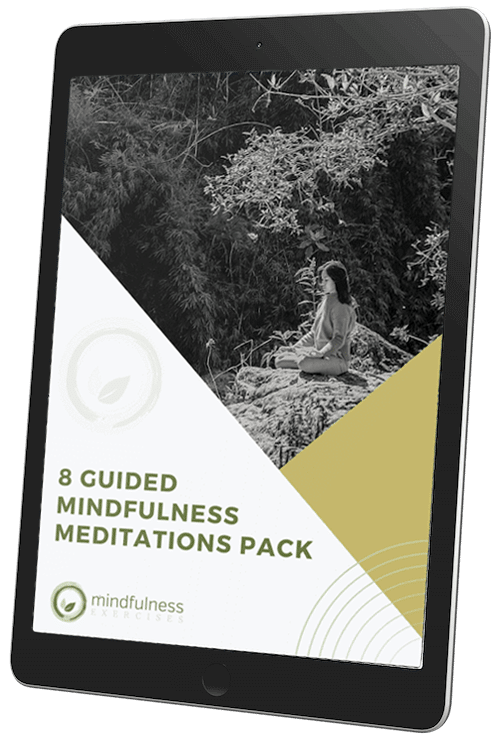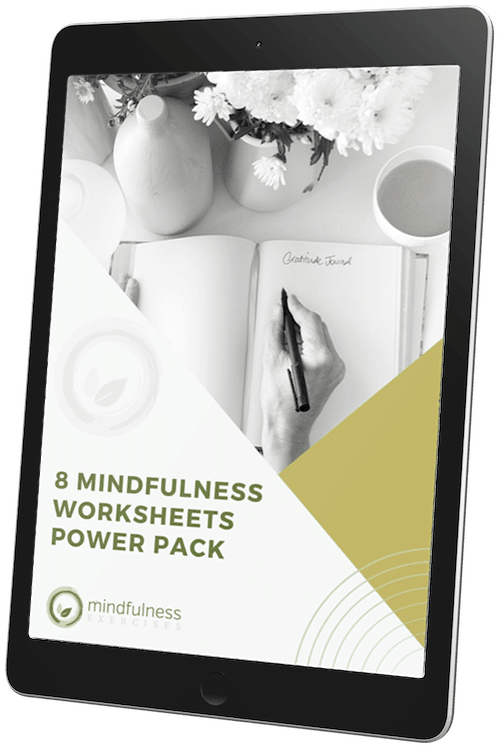There’s nothing wrong with anger. It’s our reaction to it that can potentially be deadly. When we practice mindfulness for anger, we see anger as a useful human emotion that can help us set healthy boundaries, protect loved ones from danger, or act pro-socially in the face of injustice. Chiefly, mindfulness for anger helps us remain present as the energy of anger arises. By softening the impulsivity with which we react to anger, mindfulness anger management techniques make us less likely to harm ourselves and others.
To quote Zen Buddhist monk Thich Nhat Hanh from his book Taming the Tiger Within
“When you say something unkind, when you do something in retaliation, your anger increases. You make the other person suffer, and they try hard to say or do something back to make you suffer, and get relief from their suffering. That is how conflict escalates.”

What Causes Anger?
There’s healthy anger, and then there’s afflicted anger. The first is a useful human emotion that can help us set protective boundaries. Dr. Gabor Maté has likened healthy anger to the human immune system. It helps us keep the bad stuff out. For example, shouting ‘No!’ to someone who is attacking us is a protective act.
But anger is as complicated as we are. For example, we may direct anger toward ourselves, we may feel anger out of proportion to its trigger, or we carry anger with us long after the triggering event has passed. An immune system turned against itself, overactive or overworked is unhealthy and malfunctioning.
What causes anger is different for each of us. As a Buddhist practitioner, I understand the cause of my unhealthy anger as ignorance or misunderstanding. This is supported by science, which assigns the cause of anger, in part, to ‘irrational perceptions of reality.’ The anger that becomes misapplied rage, hatred, ill-will or avoidance is rooted in delusion.
When anger comes on, if I can mindfully catch it, there’s always a lesson to be learned. The most helpful question is not, ‘What triggered me and how can I change or avoid it?’ But ‘What, inside me, is asking to be felt, acknowledged and healed?’
The Impact of Anger on Your Well-being
Anger negatively impacts our well-being when we attach to it or avoid it, thus holding the energy of anger in place. We may mistakenly feel we’ve overcome anger because we simply don’t allow it, we repress or avoid what we feel. We may hold on to anger because we associate it with a feeling of righteousness, or because it gives us a (false) sense of power.
Long-held anger, however, has very real physical and mental health consequences. It puts us at risk for heart disease, hormonal imbalances, weight gain and stress-related illnesses that result from a chronically inflamed immune system.
Anger elevates our heart rate, blood pressure and rate of respiration. It activates our muscles by triggering the release of adrenaline and upregulates the stress hormone, cortisol. Anger brings our sympathetic nervous system online, throwing us into fight, flight or freeze mode.
In emotional maps of the body, most people describe anger as an increase in heat in the head, shoulders and upper chest. It may feel like a tightening sensation in the stomach or chest. Anger can also feel like clarity, as if when you’re angry, everything comes into sharp focus.
But studies find holding on to anger compromises cognitive functioning. Anger can render us unable to complete simple tasks and susceptible to misinformation. In this way, afflicted anger and mindfulness mitigate each other. When one is high, the other is low.
Those with a problematic relationship to anger complain more about health problems, anxiety and depression. Anger-related psychological distress is correlated with poorer physical health. Heal your relationship to anger, and your body will begin to heal, too.

How Can Mindfulness Help Manage Anger?
Anger is often a useful and important emotion, however, left unchecked it can get the best of us and takes us out of the present moment. Anger can ruin relationships, resulting in unnecessary suffering. At its core, anger is about conflict: conflict with others, ourselves, or situations.
Not only does anger create conflict, but it takes us out of the present moment. We completely become the anger; it consumes us. We can use anger mindfulness exercises to return to the present moment. If you are feeling angry, try the simple techniques below to help you stay calm. Practicing mindfulness for anger allows us to regain control over our emotions and reactions, promoting a sense of calm and clarity amidst tumultuous feelings.
In this podcast, Sean Fargo explains how healthy anger can help you set boundaries and take compassionate action. Listen now to learn how mindfulness can transform your relationship with anger and support your well-being.
From lionsroar.com:
“‘Breathing in, I know that anger has manifested in me; breathing out, I smile towards my anger’ (Thich Nhat Hanh). This is not an act of suppression or of fighting. It is an act of recognizing. Once we recognize our anger, we embrace it with a lot of awareness, a lot of tenderness.”
When I feel anger starting to stir up inside myself, I find it helpful to count my respirations up to ten and then back down to one. For example, I inhale and think “one” and continue thinking “one” for the exhale, all the way up to ten. If anger continues to stir, then I simply recognize it: “Hello, anger. I see you.” The first step towards recognition is a deep, mindful breath in order to reconnect the mind and body.
Conclusion
Conflict is an inevitable part of the human experience. When you consider the complexity of the environment that we inhabit, it’s easy to see how conflict comes about. Many of us are under significant amounts of pressure to perform. Whether it’s at home, at work, at school, in our relationships, or in other areas of our lives, we feel compelled to achieve: we’re driven to reach certain goals, sometimes by forces that lie completely outside of ourselves. The stress that results from attempting to hold ourselves to such high (often unattainable) standards, combined with the other stresses of modern life (like those associated with modern technology, work/life balance, and so on), lead us into situations that often feature significant amounts of conflict.
When we experience conflict within ourselves or with others, that conflict is often accompanied by anger. Practicing mindfulness can be incredibly challenging when we’re in an anger-driven, clouded emotional state. Indeed, anger can be quite blinding. When we speak of someone going into a “blind rage,” this does a reasonably good job of capturing just how damaging anger can be for ourselves and for our relationships. When we’re angry, it’s easy to become fixated on the anger itself: it consumes us and begins to take us over. We lose sight of ourselves. We lose sight of the present.
With this in mind, working to understand and overcome anger is an important part of maintaining a mindfulness practice. While experiencing conflict and anger is completely normal, allowing ourselves to become completely consumed and overrun with angry feelings is deleterious to our well-being. With the free mindfulness exercises offered here, you can begin your journey down the path of mindfulness. Along the way, you’ll have the opportunity to work to overcome feelings of anger, with the goal of recognizing those feelings for what they are–rather than allowing them to control you.



